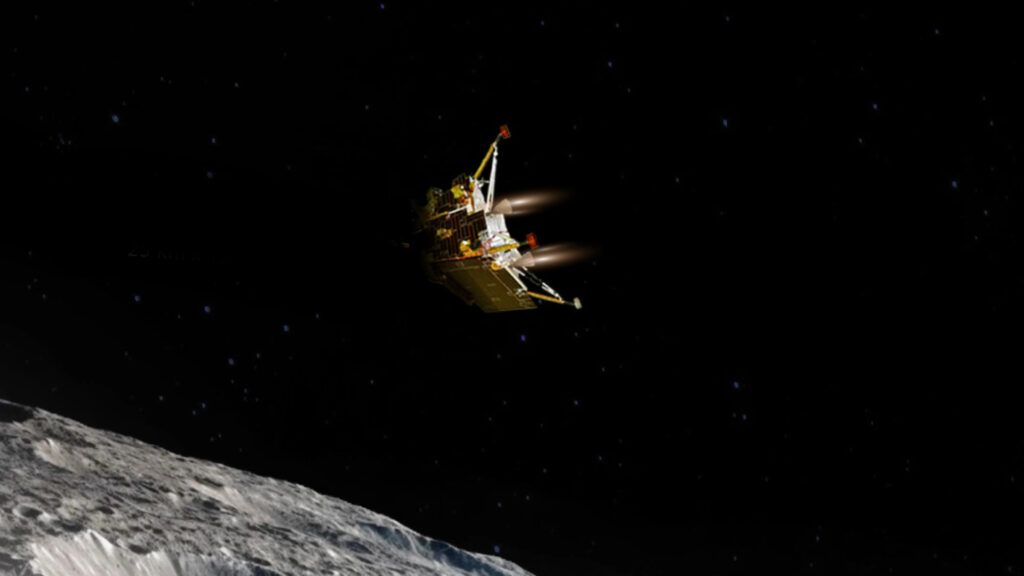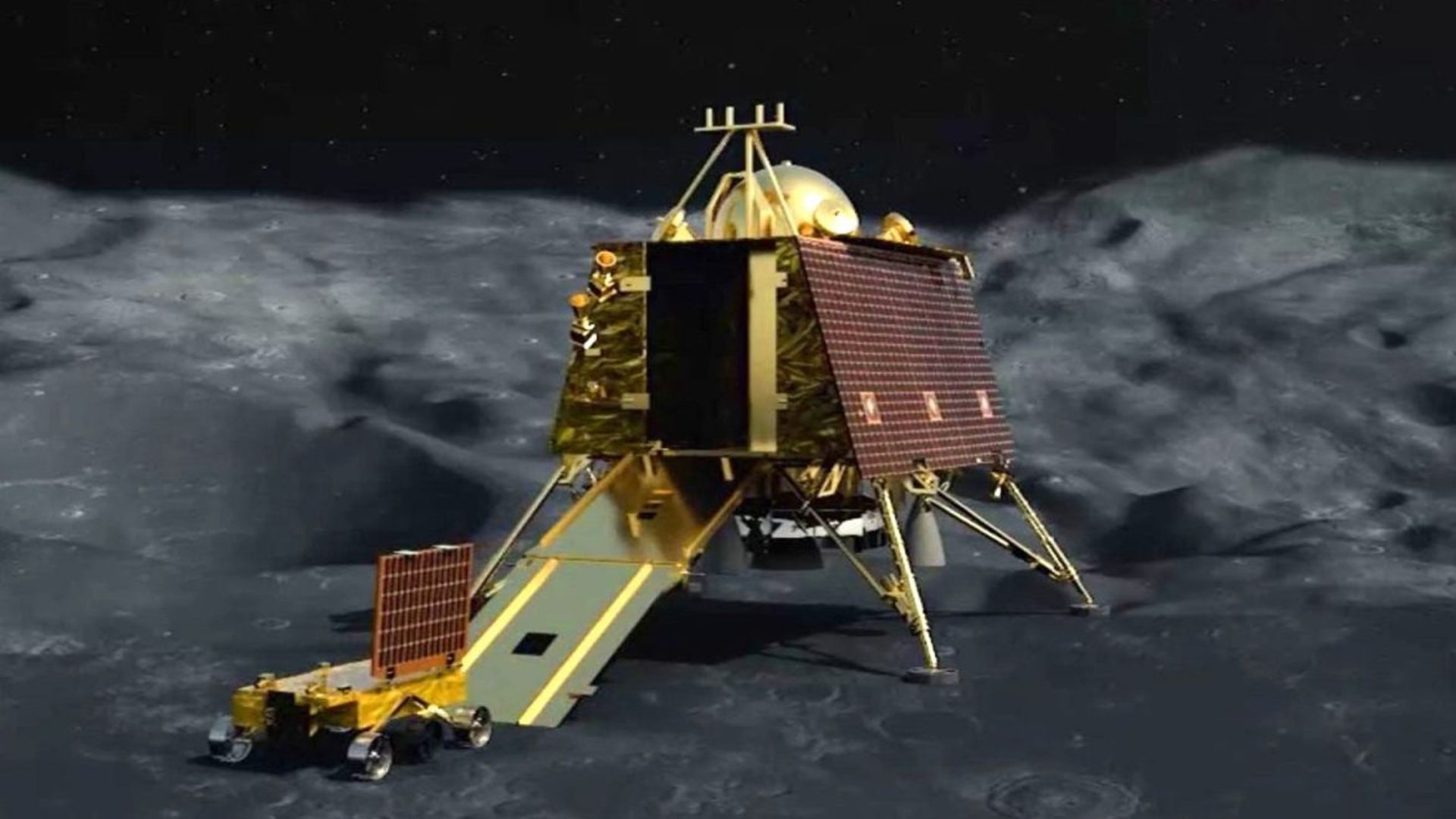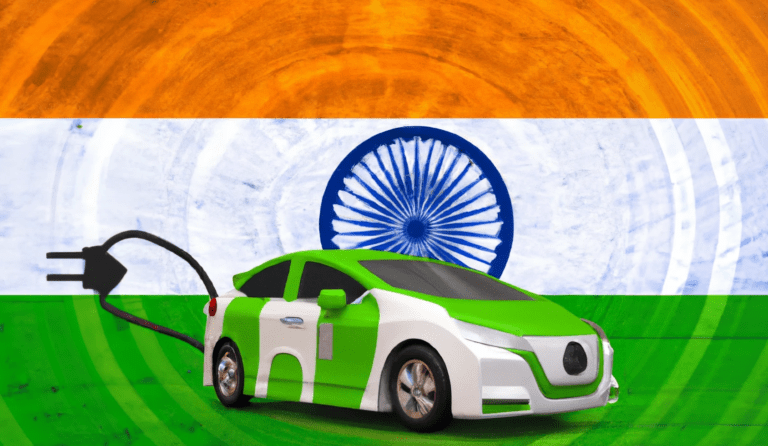Chandrayaan-3 has marked a successful landing on the moon, ensuring a space for its name and those of its makers in the history books. An ecstatic moment for ISRO, India, and the scientific community the world over, Chandrayaan 3’s successful landing is a landmark achievement for several reasons. While the nation celebrates, here is a look at the bright future for space exploration, which can now be envisioned thanks to ISRO’s success.
On the off chance you know nothing about ISRO’s Chandrayaan-3 Lunar Mission till now, here is a brief to begin with. Chandrayaan-3 follows ISRO’s previous lunar mission called Chandrayaan-2, as an effort to demonstrate the end-to-end capability of ISRO in safe landing and roving on the lunar surface. The payload was launched aboard the Launch Vehicle Mark 3 from Sriharikota on July 14. Collectively, the Chandrayaan-3 consists of an indigenous Lander module (LM) named Vikram after ISRO’s founder Vikram Sarabhai, a Propulsion module (PM), and a Rover named Pragyaan. Both the Lander and the Rover carry scientific payloads to carry out experiments on the lunar surface, while the main task of the Propulsion module was to carry the Lander Module from launch vehicle injection till the final lunar 100 km circular polar orbit. It then separated the LM from the PM.
Chandrayaan-3 has 3 main mission objectives – to demonstrate safe and soft landing on the lunar surface, to demonstrate rover roving on the moon, and to conduct scientific experiments right there on the lunar surface. We know that the Chandrayaan-3 has been successful in the first. What now remains is for the rover Pragyaan to explore the lunar surface and conduct experiments.
Success in all three phases will likely make Chandrayaan-3 historic on an unparalleled level. Here is how.

- Chandrayaan-3 landed on the lunar South Pole – Note that no rover had ever landed on the South Pole of the moon before today, instantly making Chandrayaan-3’s successful landing a historic event. All soft landings on the lunar surface till now have taken place near the moon’s equatorial region or a little south of it (China’s Chang’e-3). Reason being the treacherous craters and deep trenches that mark the landscape of the Moon’s South Pole.
The difficulty was evident from Chandrayaan-2 (2019) and the more recent Russian Luna-25 craft crash during similar landing attempts. Landing on the South Pole itself is thus a first-of-its-kind achievement.
The lunar South Pole is especially important for scientific research as the region is speculated to have traces of water ice. Upon research, these traces of water ice could reveal a lot of information about lunar volcanoes, asteroid remnants, and more importantly, the availability of water on the Moon. The latter is the most important reason for the race to the lunar South Pole among global space agencies.

- Water on the Moon can help future lunar manned missions – Many past missions, including Chandrayaan-1, have revealed deep concentrations of water ice on the south side of the Moon. Since that side of the Moon receives little to no direct sunlight, scientists speculate high concentrations of water ice inside the craters found in the Moon’s South Pole.
If such traces are found, they shall prove to be highly valuable resources for manned missions to the Moon in the future. These packets could possibly provide water and Oxygen to astronauts on the moon, enabling prolonged stay on the Earth’s natural satellite. In addition, Hydrogen molecules could be garnered from these packets to serve as fuel for rocket propulsion, bringing us to the third reason why Chandrayaan-3 will be remembered for eternity.
- Deep space exploration is a step closer now – If or rather when humanity expands its footprint to other planets, this day shall be remembered as “when it all began.” Why? Well, about every plan for deep space exploration envisions the Moon as a future launch base for deep space travel. A 2015 MIT study suggests that a piloted mission to Mars could streamline cargo by 68 percent if it refuels on the Moon.
Rockets meant to take payload to adjacent planets like Mars need a massive amount of fuel to escape orbit and achieve the trajectory to their target. More fuel means more weight, meaning a bigger and costlier rocket. If instead of the direct approach, there was to be a refueling station on the Moon, these rockets would only need to carry enough fuel to take the payload to the Moon, where the payload could then be propelled to other planets using much less fuel, thanks to the lesser distance and the much lower gravity to hold back the propulsion vehicle.
Now that the Chandrayaan-3 has begun its scientific exploration, these visions are more likely to be a reality. It all depends on the findings of ISRO’s lunar probe, which is expected to remain functional for the next two weeks – one lunar day. Knowing that its ISRO at the helm, we can expect more welcoming news from Chandrayaan-3 in the days to come.








